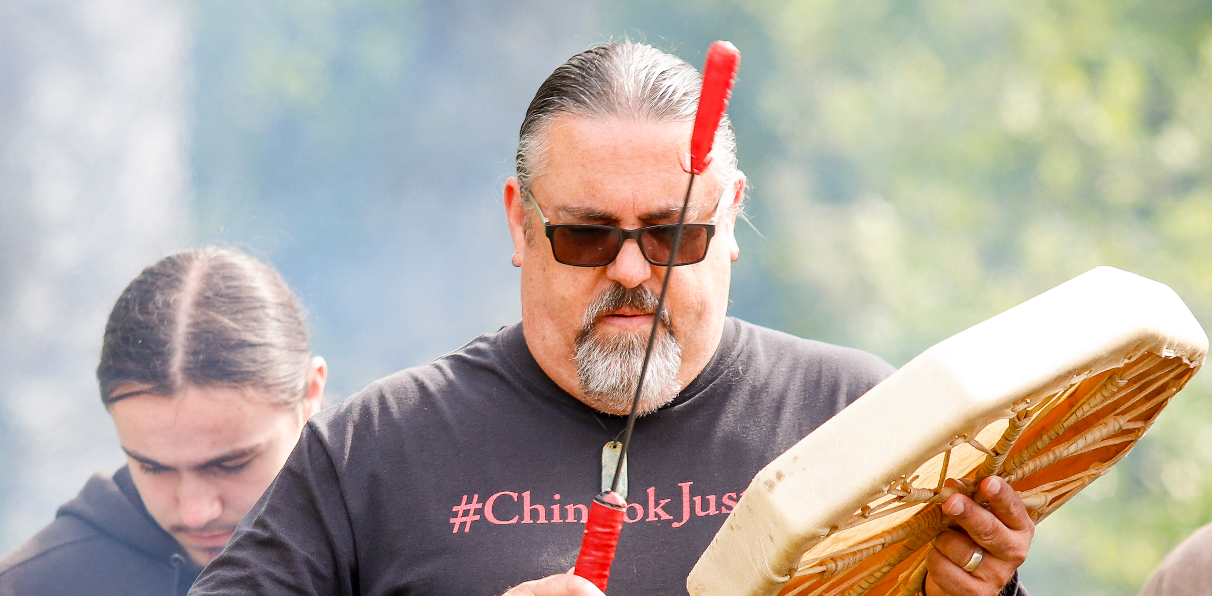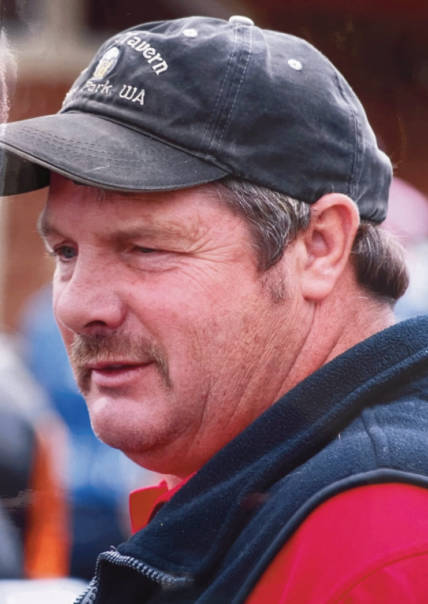Record-setting Chinook salmon season drawing to a close
Published 11:31 am Tuesday, November 17, 2015
COLUMBIA RIVER — Some 953,706 fall Chinook passed Bonneville Dam as of Nov. 12, the most fall Chinook passing the dam since it was built 77 years ago. The previous record was set in 2013 when 953,222 fish passed the dam.
Trending
Upriver the number of fall Chinook spawning at Hanford Reach is also breaking records and passage of fall Chinook into the Snake River is the second best year since the four lower Snake River dams were built in the 1970s.
The estimated 2015 fall Chinook run at the Columbia River mouth, however, still stands at 1,224,310 fish, the second largest run since the construction of Bonneville Dam and 132 percent of the pre-season forecast.
That’s just short of the record-breaking 2013 run of fall Chinook (1,268,400) at the river’s mouth and slightly more than last year’s count (1,159,100).
Trending
The run estimate of fall Chinook was set in mid-October by the U.S. v Oregon Technical Advisory Committee which updates salmon and steelhead run estimates every couple of weeks while commercial and tribal fishing is taking place on the Columbia River. TAC quit doing run size estimates as the fall treaty and non-treaty Chinook fisheries wound down. The committee will finalize run sizes at the end of season.
“Breaking this record today is truly something to celebrate,” Paul Lumley, executive director of CRITFC, said of the Bonneville Dam record. “The success of this fall Chinook run reflects the region’s commitment to healthy salmon runs and the collaborative spirit that has made it possible.”
As they celebrate the return of the fall Chinook, Lumley pledged “to continue our protection and restoration work that helped make it possible. The lessons the region has learned in achieving the success we’ve seen so far will help us address upcoming impacts such as the predicted El Niño this winter and the long-term effects of climate change.”
CRITFC said that this year’s fall Chinook “enjoyed excellent ocean conditions and, unlike the fish migrating during the summer, they enjoyed good migrating conditions. The fall Chinook also benefited from tribal efforts using hatcheries to rebuild naturally spawning populations throughout the Columbia River Basin, harvest management actions on the Pacific Ocean and mainstem Columbia, and strong collaborative efforts to improve habitat.”
Farther upstream at Hanford Reach near Washington’s Tri-Cities, fall Chinook salmon are spawning in record numbers. Biologists estimate as many as 200,000 of the fish are spawning at Hanford Reach alongside the Hanford Nuclear Reservation, and 50,000 of those are confined to a one-mile stretch of river known as Vernita Bar.
Nearly 500,000 fall Chinook (498,969) crossed McNary Dam, the southern boundary of the 51-mile long Hanford Reach, to get to the Reach.
This represents the most spawning fall Chinook at Hanford Reach since the 1930s, according to the Bonneville Power Administration.
There is also good news for the fall Chinook run into the Snake River in Idaho, which is the second largest run on record, according to CRITFC.
Some 59,059 of the salmon have passed Lower Granite Dam, the most upstream dam on the lower Snake River, as of Thursday. CRITFC gives credit to the run of fall Chinook, listed under the federal Endangered Species Act as threatened in 1992, “to intensive restoration efforts by the Nez Perce Tribe,” according to a CRITFC news release.
As planned, Idaho closed all fall Chinook fishing Tuesday, Nov. 17, on the Snake River.
The season ended Oct. 31 in the Clearwater and Salmon rivers and in the Snake River, except the reach from Cliff Mountain Rapids to Hells Canyon Dam. That section closed Nov. 17.
As of Nov. 1, anglers had caught and kept 150 marked adults and 22 jack fall Chinook, and caught and released 460 unmarked fish in the lower Clearwater River. They caught and kept 540 marked adults and 133 marked jacks, and released 57 marked fish in the Snake River. Anglers also caught and released 2,889 unmarked fish in the Snake River, according to information provided by the Idaho Department of Fish and Game.
The announcements were made as tribal, commercial and recreational fisheries are winding down a late summer and fall that saw record-breaking runs of fall Chinook, a smaller than average run of steelhead and a disappointing run of coho salmon that, as of Thursday, amounts to just 35,980 fish.
The coho run is so dismal that the Oregon Department of Fish and Wildlife closed recreational coho salmon fishing on Eagle Creek, effective Nov. 8. The closure was at the request of the U.S. Fish and Wildlife Service which operates the Eagle Creek National Fish Hatchery near Estacada, Oregon.
“Based on reports through this week, returns to the hatchery are well below their production goals,” said Chris Kern, deputy administrator of ODFW’s fish division. “Unfortunately, this action is necessary to aid the situation.”
Steelhead fishing in Eagle Creek remains open. Fishing in the Clackamas River is not affected by the rule change.
Lower Columbia River tributaries in Washington have been restricted for nearly two weeks due to the poor run of coho salmon.
Finally, the two-state Columbia River compact approved an extension of treaty setline sturgeon fishing in the Bonneville and The Dalles reservoirs. Harvest by tribal fishers this fall included an 11.5 day period in late October in the The Dalles pool, where 119 sturgeon were harvested, and 11.5 days in the Bonneville pool, where 26 fish were harvested.
Some 404 sturgeon were harvested throughout 2015 by tribal fishers in the Bonneville pool, leaving an allotment of 696 fish. In The Dalles pool, tribal fishers have caught 212, leaving an allotment of 113. They have caught 884 sturgeon in the John Day pool, leaving an allotment of 116, but have chosen not to fish that pool with setlines. Fishing will be allowed to the end of 2015 in the Bonneville pool and to November 25 in The Dalles pool.









